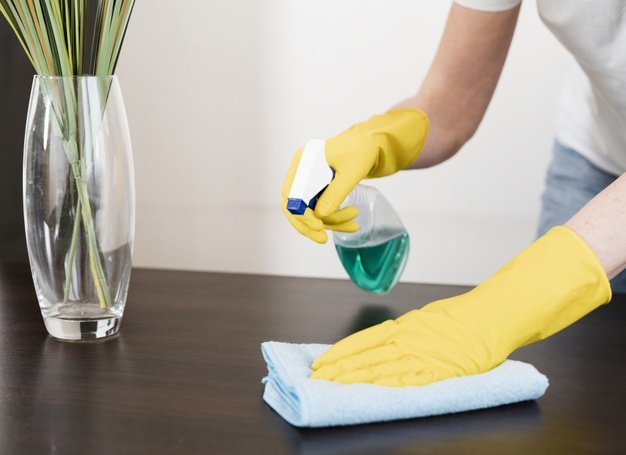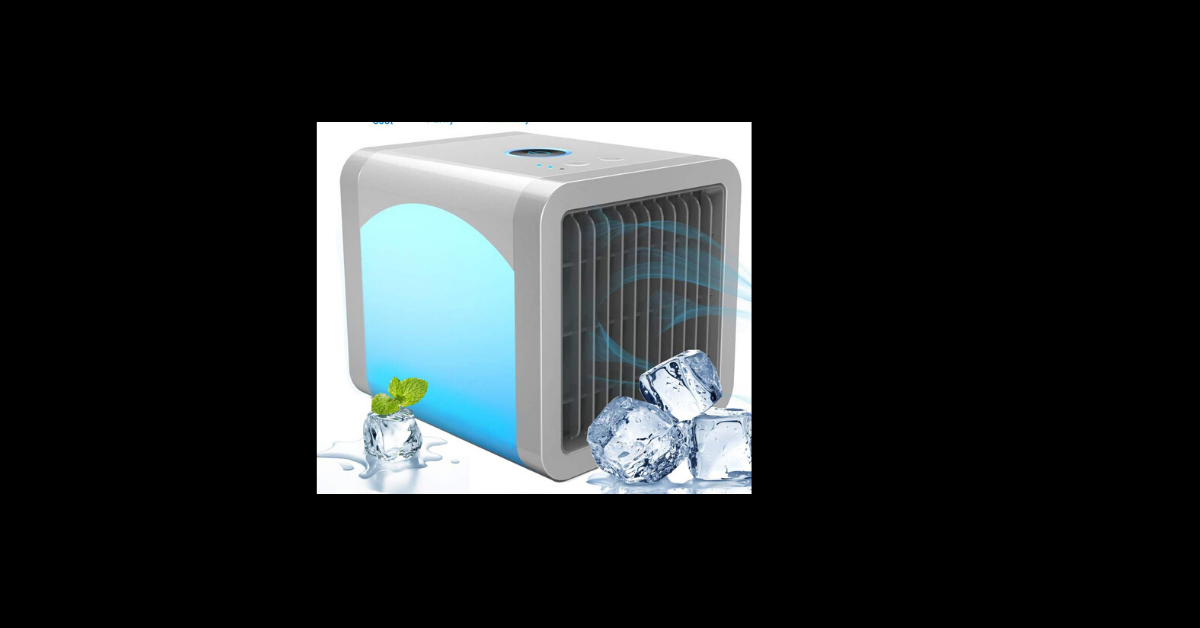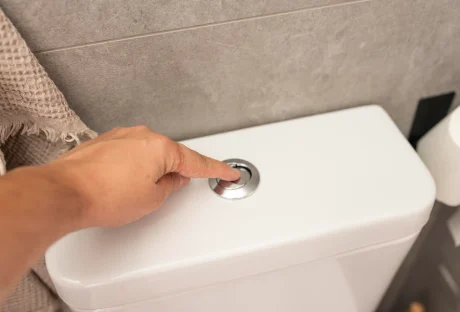The COVID-19 pandemic outbreak rages on as many fall victim to the deadly virus. Everyone started with the assumption that it is something benign that will soon be over, but no one speculated that the virus could evolve into something so catastrophic. Entire countries beat down by the virus are now practicing strict precautionary measures and complying with the imposition of a house quarantine. The damage can’t be reverted, but everyone is playing their part to minimize it and save as many lives as possible. As unfortunate as the condition is, it is onto us to play an active role and do the needful to ensure our safety.
Local authorities and governments have published and requested people to observe a set of rules to minimize spreading the virus when out of the house. Exercising these measures have helped people take a step towards securing themself from a host of the COVID-19. However, it isn’t sufficient as we can do a lot more to raise the bar and tighten the grip to avoid catching this virus. Staying indoor at all times doesn’t mean that we are not susceptible to this virus as it can survive on surfaces, especially metals, from where others can get it. What we should be doing to guarantee our safety is to go to extensive lengths and adopt extraordinary hygiene practices. Not just of ourselves, but the surroundings where we are living should also be in exemplary states. If you feel that you have ever been half-hearted in cleaning up your house, now might be a good time to make up for it and show some diligence.
Practicing personal hygiene includes all the necessary steps like bathing regularly, washing hands after short intervals, and maintaining distances. People can do this even if they don’t have a quarantine handbook to follow, but exterminating the traces of this virus from your house can be a challenge. There are many ways that you can do this, but there are certain subtleties that you need to practice while at it to do it right. It may sound easy, but it heightens the risk of contracting the virus. That is why you need to be extra careful and make sure that you are prioritizing your health and safety while doing this. With that noted, here are some maintenance and cleaning tips that you should follow to build your defenses against this virus.
Here are home maintenance plans and cleaning tips during COVID-19
1. Secure The Entrance
In a normal situation, this would mean placing a security guard on your front door to keep anyone from intruding. However, under these circumstances, the objective remains the same, but you need to use inanimate objects to secure the parameter. Like many other counties, people in Australia have started covering up windows with solid window shutters to avoid anything floating in from there. You can find some high-quality window shutters in Sydney to help you do this.
The next step would be to cover the basement, since it is an area likely to have an opening from outside, like a water inlet. If you find anything like that, keep it sealed unless you have no other option but to use it. Besides this, look for openings and cracks in your flooring or ceilings, and try to patch them up, even if it is temporary. Follow these to ensure that whatever is outside, stay outside.
2. Cleaning Layers
Don’t panic and start applying the disinfectant everywhere. It is neither the best effective nor the right way to go about the situation. If you see dirt on a surface, use some water and soap to clean it first, and then use the disinfectant. Don’t forget to target the areas that are most frequently touched by everyone. These include doorknobs, staircase railings, switches, remote controls, desks, toys, electronic devices, and similar other stuff. Be thorough. One thing that the quarantine has granted us is time, so don’t rush with your cleaning.
3. Cleaning The Cleaners
What’s dirtier than the surface that you are cleaning are the tools that you are using to do it. Wash sponges and wiping clothes after using them to clean a surface so that you don’t pass on the germs of one place to another. Don’t miss out on the internal surface of your vacuum cleaner. After removing the dirtbag, apply a disinfectant and wait for it to dry off before placing the dirtbag back in. Don’t use your bare hands to pull out the dirtbag. Try putting on some gloves to avoid catching anything from it. And between all this, don’t forget to clean your gloves when moving on to another task. Take them off, wash them, and don’t forget to wash your hands at the end of it all. That should suffice.
4. Get It Off From Your Clothes
If the virus can survive on surfaces, then it can survive on your clothes as well. Wash things that are used regularly, like undergarments, towels, and linens between 40 and 60 degrees Celsius. Try and use a bleach-based detergent or a bioproduct to ensure that the clothes get rid of anything that can spread. Handle the dirty laundry with care and maintain minimal contact with it. Don’t touch them unless you have to. Once done, let your washing machine run empty for a while to get everything out of the system. And in case if you don’t have a washing machine, then don’t think of doing your laundry inside the house. You will risk spreading the virus. It’s better to take it outside and bring it back in once done.
Summary
These were some primary maintenance and cleaning tips that you should follow to disinfect your house. Try to start early and do it daily to minimize the risks. In case you feel unwell, don’t act tough, and distance yourself from all these tasks. Try to stay isolated until whatever you were experiencing subsides. If your condition doesn’t improve, reach out to the relevant health care services immediately to get yourself checked. Practice strict personal hygiene and don’t neglect minor symptoms if they aren’t going away. The best way to survive this is by exercising caution, so don’t slack off on it.
Read Also:























